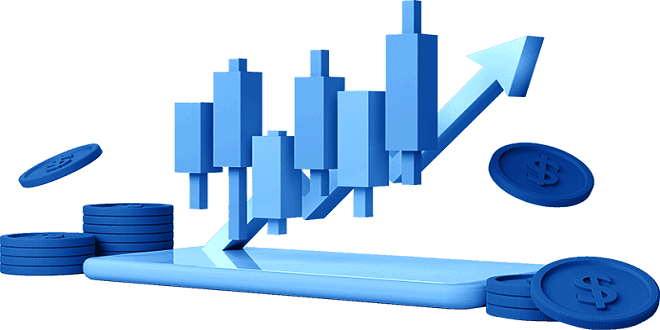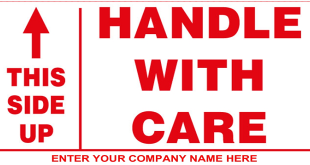If you are a CFD trader, you have probably heard of support and resistance levels. These levels are important because they can help you identify potential entry and exit points for your trades. In this article, we will explain what support and resistance levels are, how to identify them, and how to use them to your advantage in CFD trading.
What are Support and Resistance Levels?
Support and resistance levels are levels at which the price of an asset tends to stop moving in a certain direction, and may reverse. In other words, they are levels where buyers and sellers tend to enter or exit the market. Support levels are levels where buyers tend to enter the market and stop the price from going lower. Resistance levels are levels where sellers tend to enter the market and stop the price from going higher.
Support and resistance levels are not exact prices, but rather areas where the price tends to cluster. They can be identified using technical analysis tools such as trend lines, moving averages, and chart patterns.
How to Identify Support and Resistance Levels
There are several ways to identify support and resistance levels in CFD trading. Here are a few common methods:
- Trend lines: Draw a line connecting the lows of an uptrend or the highs of a downtrend. The line will act as a support or resistance level.
- Moving averages: Moving averages can act as support or resistance levels, especially if they are widely followed by other traders.
- Pivot points: Pivot points are calculated using the previous day’s high, low, and closing prices. They can be used to identify potential support and resistance levels for the current day.
- Chart patterns: Chart patterns, such as double tops and bottoms, can be used to identify potential support and resistance levels.
How to Use Support and Resistance Levels in CFD Trading
Now that you know how to identify support and resistance levels, let’s discuss how to use them in CFD trading.
- Identify key levels: Look for areas on the chart where the price has previously found support or resistance. These are the key levels you want to focus on.
- Enter trades near key levels: Look for opportunities to enter trades near support or resistance levels. For example, if the price is approaching a key support level, you may want to enter a long trade with a stop loss just below the support level.
- Exit trades at key levels: Look for opportunities to exit trades at support or resistance levels. For example, if you are in a long trade and the price is approaching a key resistance level, you may want to exit the trade to lock in profits.
Use multiple levels: Use multiple support and resistance levels to confirm your trades. For example, if you see a key support level and a moving average acting as support, this may be a stronger signal than just one support level. If you want to learn more about CFD trading and how to use support and resistance levels effectively, visit our website for more trading tips and strategies.
Conclusion
support and resistance levels are important tools for identifying potential entry and exit points in CFD trading. By identifying key levels and using them to enter and exit trades, you can improve your trading performance and achieve better results.
 Pagalmusiq.com Popular News Update Website | Pagalmusiq.com
Pagalmusiq.com Popular News Update Website | Pagalmusiq.com




